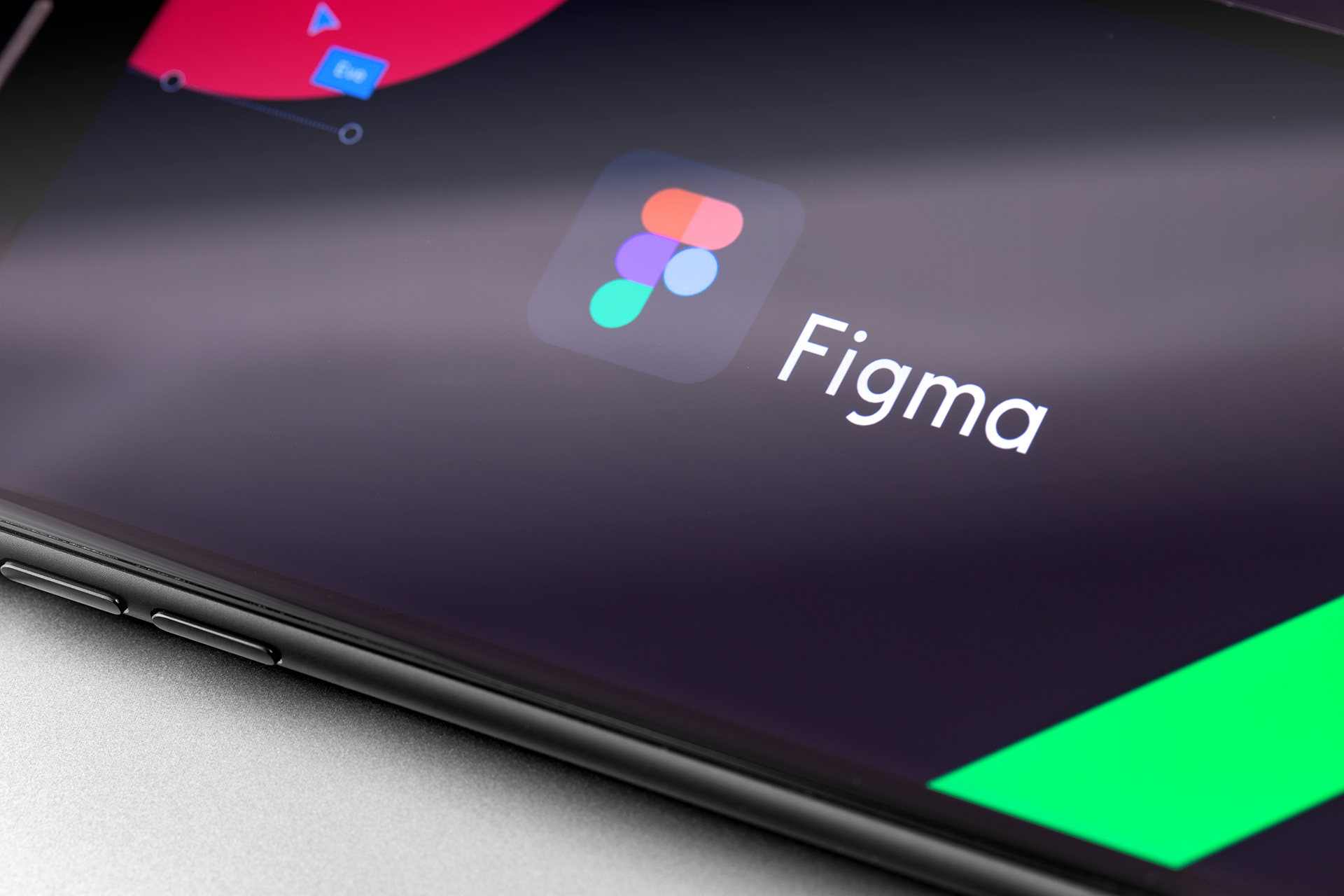Intro
Figma is a design tool that runs in the cloud. Figma is a free (within reason) design tool that promotes novice designers to explore the realm of UX/UI design and user experience. The collaborative platform provided by Figma is by far the best significant advantage of utilizing the software. Several team members can simultaneously work on the project due to this arrangement. Collaboration is made more accessible because of the browser-based architecture. If you aren’t using Figma, you need to switch up on your next project so that you can experience the advantages that everyone is raving about.
They include:
Plugins
Plugins are a huge lifesaver in the world of Figma. Essentially, what they offer is the opportunity to extend the capability of Figma beyond its fundamental capabilities while also allowing you to tailor your user experience to your specific requirements. Every day, there are more options to pick from, including plugins that work in conjunction with other pieces of software. Figma is a design tool that is accessible over the internet. There is no software to deal with. As a result, it is compatible with many platforms. Since it is web-based, it includes a fantastic auto-save option that saves your work in the cloud. Don’t worry about whether or not your work will be lost if your laptop crashes!
Layouts
Auto layouts are one of the most powerful capabilities available in Figma. To effectively emulate the fluidity and responsiveness of current websites, custom rules can get applied to any group or component of a page. Your auto layout will not be an issue to accommodate a copy that grows in length. It will wrap into a new line, automatically shifting the “call-to-action” button you had put below it and keeping your previously established padding values in the process. Also, consider nesting and chaining your auto layouts, which will allow you to expand them across entire areas of your designs. If you require changes to your content, you can ensure that your layout will adapt appropriately.
You save time
Components in Figma are vital because they give two essential benefits: speed and uniformity. You can create a master component from any UI piece that you intend to duplicate and reuse elsewhere in your design. Suppose you decide to make a change in the future. You only have to make one change to the master component to see your changes reflected throughout the rest of your design, rather than multiple changes to multiple elements. Even if you have duplicated a master component, the beauty of Figma’s approach is that you can still override each instance separately, altering the text and pictures and even the style of each instance. It is an excellent choice for designing a layout that precisely represents real-world content. Therefore, implementing internal and external feedback becomes considerably less of a burden, which is beneficial.
